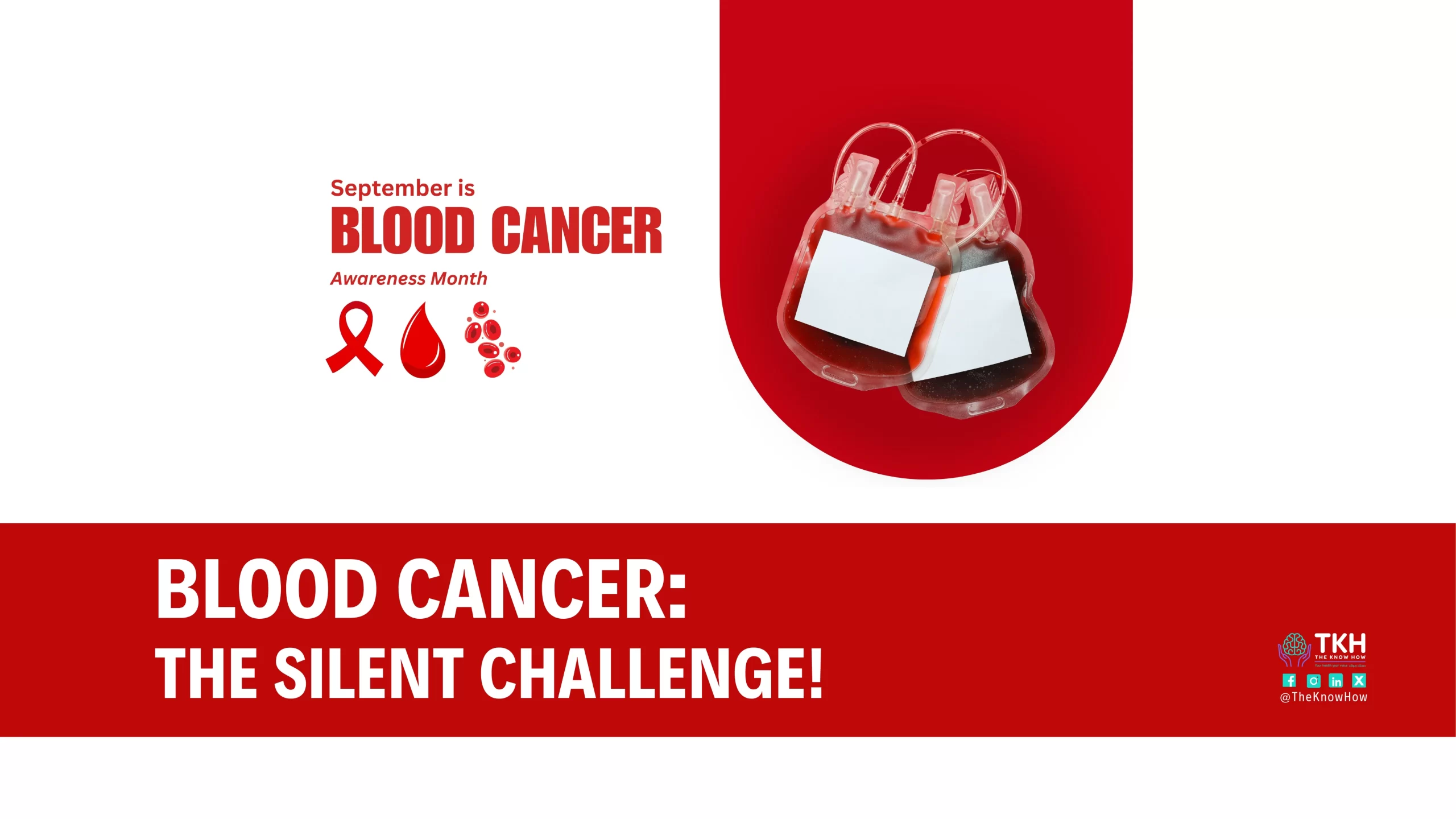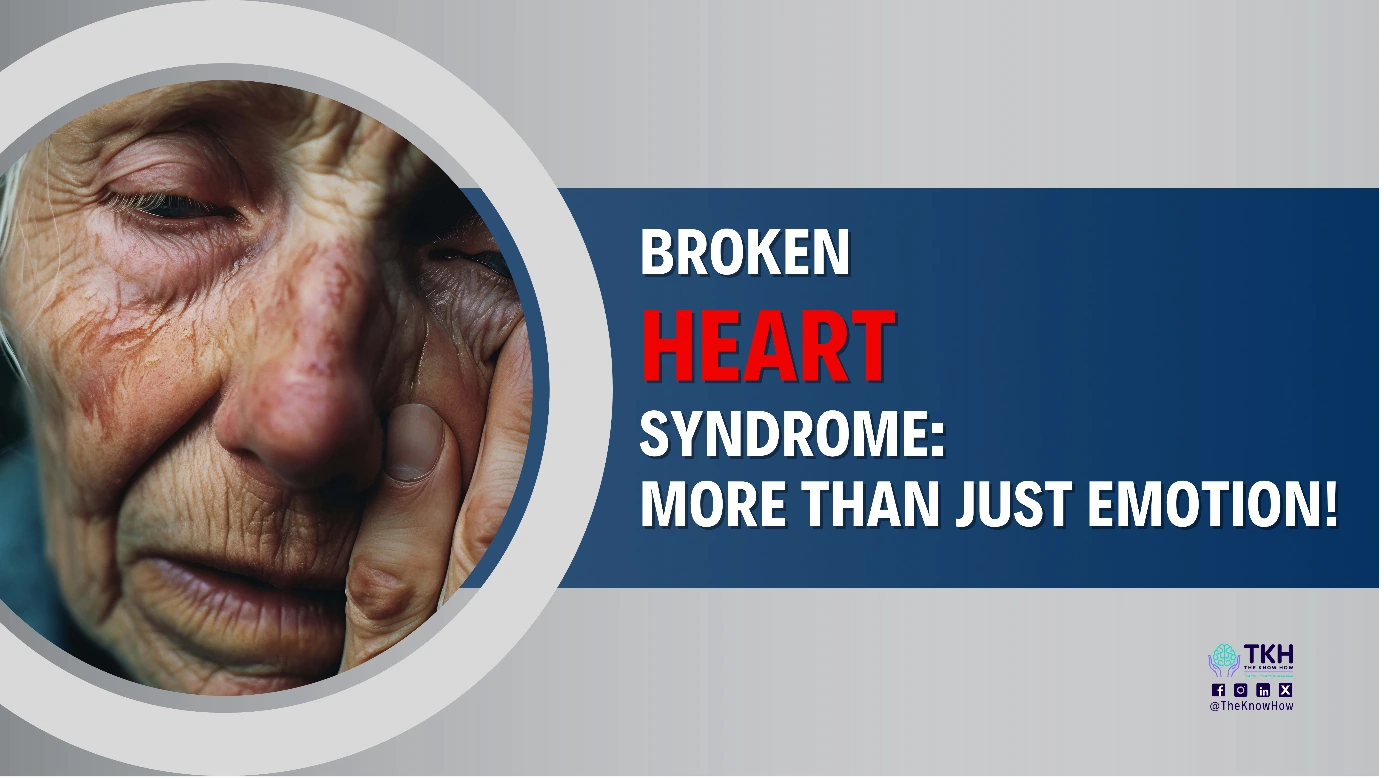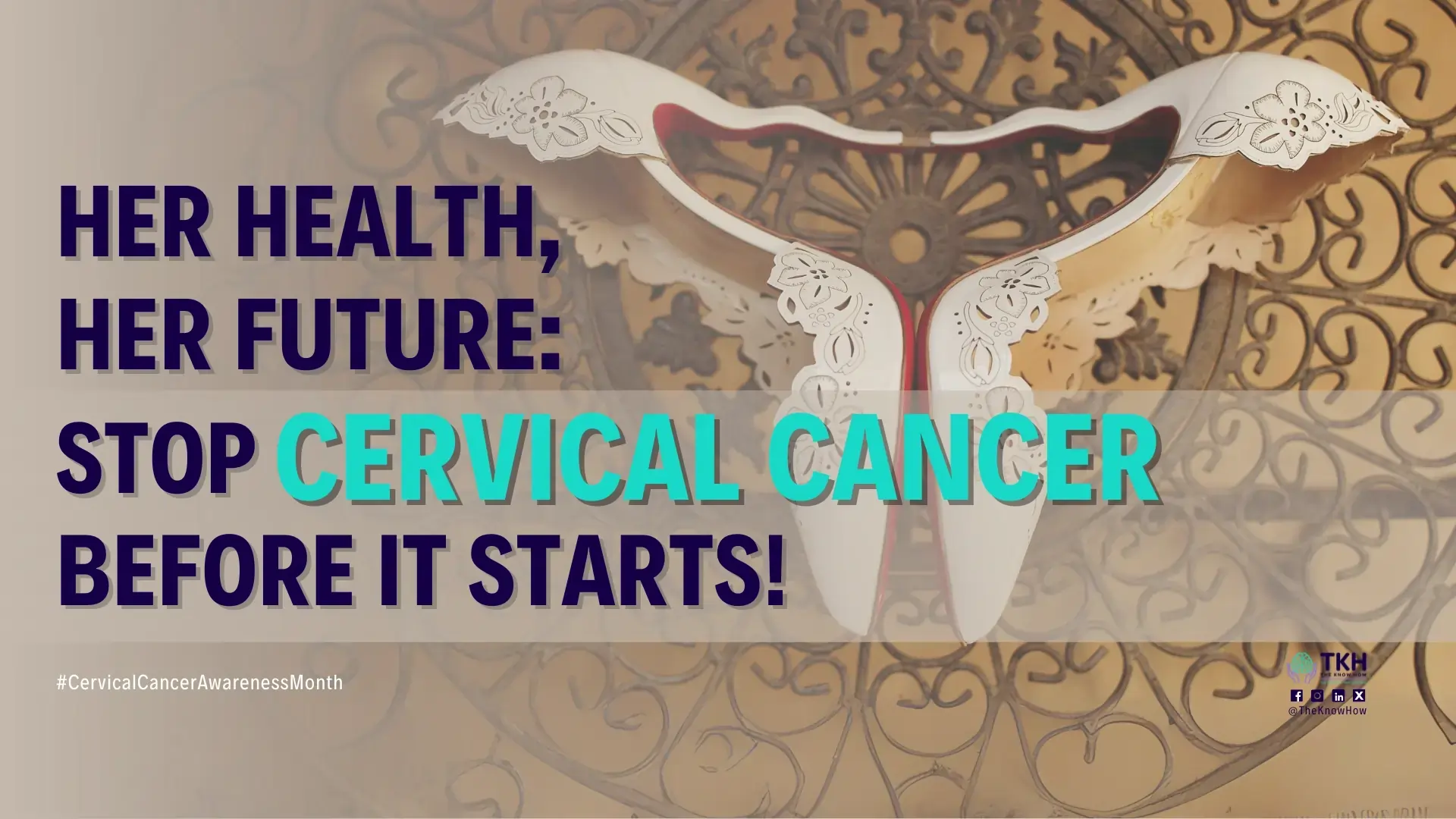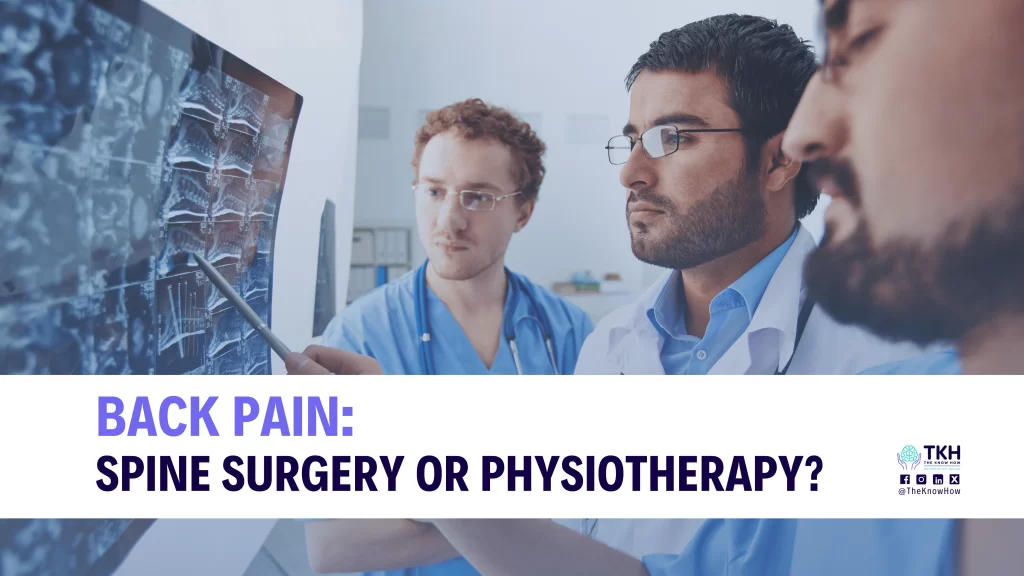
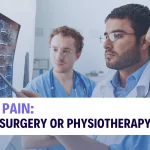
Back Pain, Sedentary Lifestyle, and Red Flags
A Common Experience
Back pain is frequent. Nearly every one of us will be confronted with it on some days in our lives. Some would say, having some back discomfort comes with age like getting grey hair.
You Are Not Alone
You are not alone in experiencing unpleasant back pain. Millions of individuals are facing the same difficulty. In 95% of cases – called unspecific back pain – there is no serious underlying cause. Even if the pain is severe, there’s a 90% chance it’ll be gone, or be much better, within six weeks. Most back pain even settles within a week.
Why Unspecific Back Pain Still Matters
But unspecific back pain also hurts. As a reaction, we often start to avoid physical activity. However, what is useful in the very short term can lead to extra issues later on.
How the Spine Works
The bones in our back need to be fixed together in a way that keeps them stable, but still allows enough flexibility to move around. This is possible because we have lots of small bones — the vertebrae — separated by discs of tough connective tissue surrounding a squashy center, as well as muscles and ligaments crisscrossing between them.
The Impact of Inactivity
If our spine is not used, the back’s stabilizing muscles become weaker and weaker. If the small vertebral joints are not moved, the cartilage inside obtains fewer nutrients and begins to degenerate faster.
Lifestyle Factors in Back Pain
While long-term heavy work can also result in spine damage, physical inactivity and a sedentary lifestyle is the most frequent reason for back pain in modern times.

For the majority of patients, physiotherapy and exercise often helps to ease back pain and prevent further discomfort. Stretches can help in the short term to beat the pain. The next step is strengthening the muscles in question to prevent the problem from flaring up again. Improvements may be slow to start with. However, a gradual return to normal activities is the best way to get good short- and long-term results after a back problem.
Conditions Commonly Linked to Back Pain
Muscle or ligament strain. Repeated heavy lifting or a sudden awkward movement can strain back muscles and spinal ligaments. For people in poor physical fitness, constant strain on the back can cause painful muscle spasms.
Bulging or ruptured disks. Disks act as cushions between the bones in the spine. The soft material inside a disk can bulge or rupture and press on a nerve. However, not every bulging or ruptured disk necessarily causes back pain. Disk disease is often found randomly on spine X-rays, CT scans, or MRIs done for another reason. Damaged discs that cause not symptoms do not need surgical treatment!
Arthritis. Osteoarthritis can affect the lower back. In some cases, arthritis in the spine can lead to a narrowing of the space around the spinal cord, a condition called spinal stenosis.
Osteoporosis. The spine’s vertebrae can develop painful breaks if the bones become porous and brittle.
Spondyloarthritis. This inflammatory disease can cause some of the bones in the spine to fuse. This makes the spine less flexible.
Back Pain and Red Flags
The vast majority of patients with acute low back pain suffer from a non-specific musculoskeletal cause with a self-limiting course that will typically improve rapidly within a month and be fully resolved by around 6 weeks—without any specific treatment.
However, a minority (less than 1 out of 100) of patients will have potentially serious spinal conditions such as fractures, tumors, or spinal infections and cauda equina syndrome that require urgent diagnosis and management.
Others may have significant non-spinal causes of back pain, including infection of the urinary tract, renal colic, or an abdominal aortic aneurysm, that require just as urgent attention. These serious conditions can be identified in the initial assessment and examination by searching for the presence of any so-called “red flag” features.
Red Flags
- History of cancer
- History of significant trauma
- Intravenous drug abuse
- Recent bacterial infection or fever
- Immune suppression (HIV, transplant, corticosteroids)
- Age <16 or >50 years
- Pregnancy
- Unexplained weight loss
- Persistent symptoms for >4 weeks (recurrent presentations, worsening pain)
- Severe pain when supine and/or at night
- Saddle anesthesia (loss of sensation restricted to the area of the buttocks towards the inner surfaces of the thighs)
- Bladder dysfunction (urinary retention or incontinence)
- Bowel dysfunction (fecal incontinence)
- Neurological deficit in either or both lower limbs (especially if progressive)
Second Opinion versus Independent Second Opinion:
Watch the Difference!
Asking for additional advice is a common reflex of patients who doubt the diagnosis, feel overwhelmed, or are worried about the suggested treatment strategies. These additional consultations have the goal of clarifying uncertainties around diagnosis or management, particularly when healthcare decisions are complex, unpleasant, and carry considerable risks.
The term “second opinion” is defined as an additional assessment of a medical condition performed by another physician or specialist after an initial medical diagnosis. But there is a major difference between the most typical form of second opinion nowadays actively promoted by hospitals and the “independent second opinion” introduced in the USA as early as the beginning of the 1970s.
In an independent second opinion, the assessment is done by a specialist, who is not allowed to subsequently treat the patient. This ensures impartiality and makes a second opinion free of patient recruitment and any economic thoughts.
Back Pain – (Too) High Rates of Surgical Interventions
Rise of Second Opinions in the 1970s
In the 1970s, several US sickness funds started to require such independent second opinions for particular surgical operations due to unexplained regional differences and excessive surgery rates. The same is true for other countries that have adopted the American model of healthcare. When hospitals are organized as profit-oriented business entities, high-cost treatments generate more revenue than a cautious strategy.
Changing Treatment Patterns in Germany
Other countries, such as Germany, had a substantial shift in treatments after the refunding criteria for inpatient treatment changed. Decades ago, when a patient with back pain was admitted to a hospital, the hospital got paid based on the length of their stay. Following the implementation of a charge based on medical condition, the back pain patient spent less time in the hospital, but surgery rather than conservative care became more common.
Rapid Increase in Spinal Surgeries
The “need” for spinal surgery for back pain had suddenly nearly doubled. In 2007, 452,000 people in Germany had spinal surgeries. The number climbed to 772,000 in the year 2015. In 2015, there were significantly more large surgical methods, such as stiffening several spinal bones (arthrodesis), compared to 2007.
Geographic Disparities in Surgery Rates
Furthermore, the number of spine procedures performed per capita differed by thirteen times among geographic locations. This cannot be explained by a rapid decline in a certain population’s health. Rather, it suggests that some hospitals preferentially choose invasive surgical treatment.
Science: Independent Second Opinion in Spinal Surgery
Australia – Second Opinion Only a Delay of Surgery?
It is well known, that independent second opinion services typically recommend less surgical treatments compared to first opinions. The research group around Giovanni E. Ferreira from the University of Sydney raised the question, whether reduced surgery rates might only be a short-term effect and if patients only delay surgery. Most investigations up to the time of their literature review only assessed the discrepancy between the first and second opinion.
Brazil – Long Term Benefits of Second Opinions
The analysis of a Brazilian second opinion program performed by Eliane Antonioli from the Albert Einstein Hospital in Sao Paulo took a longer look. A second opinion was offered to 1.088 patients with back pain and a first referral for surgical treatment, and patients were followed-up for two years. The result: Of the 1,088 patients the second opinion program recommended injection treatment for 49 patients (4.5%); conservative management for 662 patients (60.8%) and surgical treatment for 377 patients (34.7%).
Arthrodesis, a complex spine surgery, was the main treatment recommended by first referral (737 patients; 67.7%). Among these patients, the second opinion program instead recommended conservative management for 449 patients (60.9%), and different surgical approaches for 258 patients (35.0%). Arthrodesis recommendation occurred in only 6.0% of the second opinion cases.
The two year follow-up confirmed, that less aggressive therapies recommended by the second opinion resulted in improved patient outcomes and quality of life and also in cost saving for the healthcare system.
Germany – Second Opinion Cuts Down up to 88% of Spinal Surgery
Several research and data analysis from Germany also point out, that independent second opinion can reduce overly aggressive therapy for back pain.
The University of Witten/Herdecke analyzed 1414 patients with an initial recommended surgery of the spine, hip, knee, and shoulder. The independent specialists of the German second opinion provider Medexo did not confirm the initial therapy plan in two out of three cases, but suggested a conservative approach with medication and physiotherapy.
Following a 12 year evaluation of their independent second opinion program before spinal surgery procedures, one of the largest German health insurers (Techniker) reported in 2024 that 88 % of spine surgeries were assessed as unnecessary. Instead, the conditions would have been treatable by physiotherapy.
Facing Spine Surgery? Ask for an Independent Second Opinion!
Second opinions seek to clarify concerns around diagnosis or management, especially when healthcare decisions are difficult, unpleasant, and involve significant risks. Second opinions may be especially valuable for patients who have been recommended surgery for back pain.
A cautious approach and rehabilitation can often obviate the need for surgery.
In certain circumstances, however, surgery is required. It is critical to discern and choose the correct path. The approach can range from microsurgical minor procedures to major, complex surgeries.
TheKnowHow Independent Second Opinion Service
Are you or a loved one suffering from back pain and are unsure about the exact diagnosis or are concerned about your current treatment choices?
TheKnowHow Independent Second Opinion Service is not intended to take you away from your treating doctor, but rather provide an extra level of competence. Get an unbiased assessment from an international expert without having to travel or schedule appointments. Our impartial specialists conduct a record-based assessment of your current health state and all available treatment options, including their advantages and potential hazards.
Read more on Second Medical Opinion
- https://faktencheck-gesundheit.de
- Acute Low Back Pain | Emergency Care Institute (nsw.gov.au)
- When to worry about back pain | Back Pain Facts (patient.info)
- Second opinions for spinal surgery: a scoping review | BMC Health Services Research | Full Text (biomedcentral.com)
- Cost-effectiveness of a second opinion program on spine surgeries: an economic analysis | BMC Health Services Research | Full Text (biomedcentral.com)
- Results of a patient-oriented second opinion program in Germany shows a high discrepancy between initial therapy recommendation and second opinion | BMC Health Services Research | Full Text (biomedcentral.com)
- Zweitmeinung Rücken-OPs | Die Techniker – Presse & Politik (tk.de)
Polycystic Ovary Syndome (PCOS): Know the signs, take action!
Rare Genetic Disorder: Awareness, Diagnosis & Support
Spinal Muscular Atrophy (SMA): Understanding a Genetic Disorder!
Psoriasis Awareness Month – Sensibilisation et Solutions!
Heat Safety Tips: Protect Yourself from Extreme Heat
World Multiple Sclerosis Day 2025: “My MS Diagnosis”
Protect Your Skin: Shine a Light on Skin Cancer!
Related Posts
- Second Opinions for Spinal Surgery
Second Opinion versus Independent Second Opinion: Watch the Difference! Asking for additional advice is a…
- Alzheimer´s Disease: Support-groups needed!
Introducing 4get-me-not, located in Dubai, the first social enterprise in the Middle East dedicated to…
- Understanding Thyroid Health
Understanding Thyroid Health The Power of the Thyroid: How It Affects Your Energy, Mood, and…


